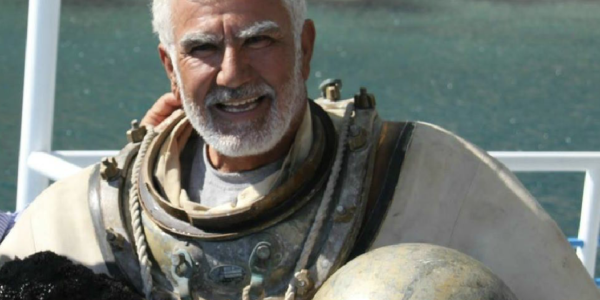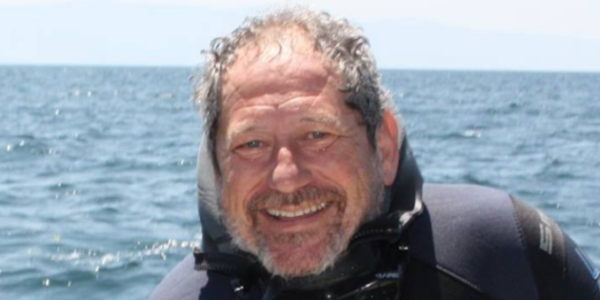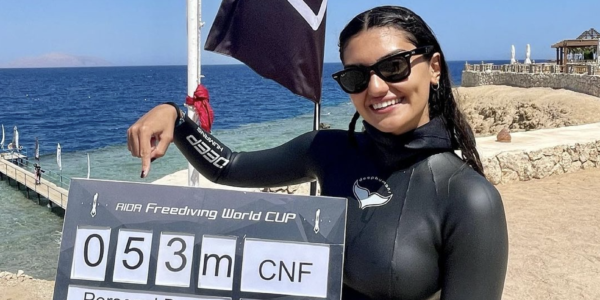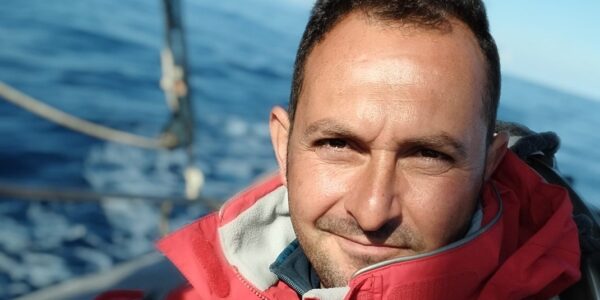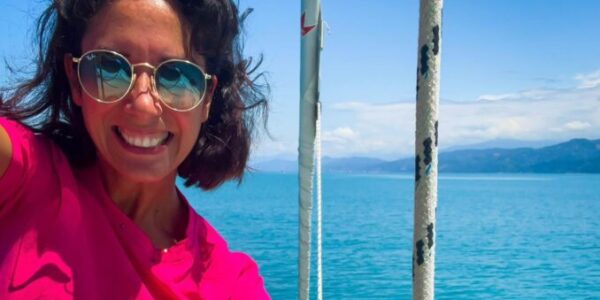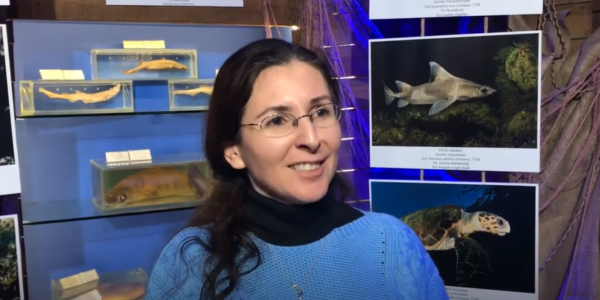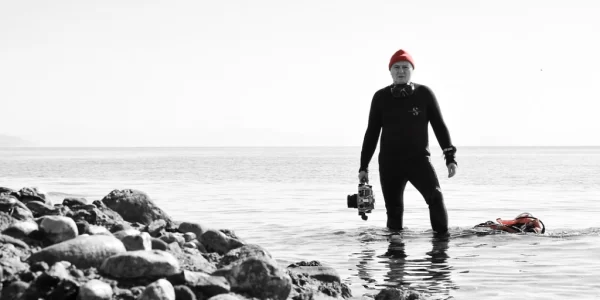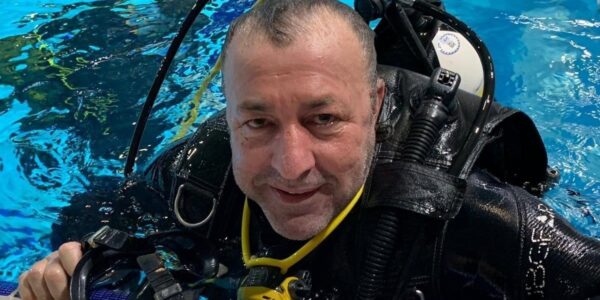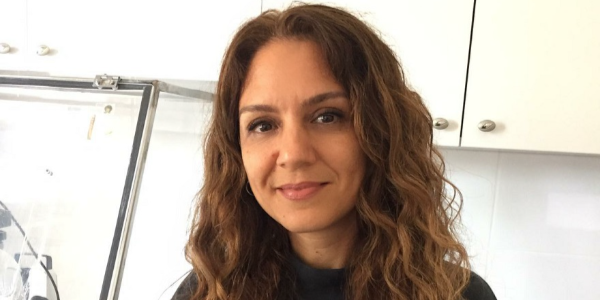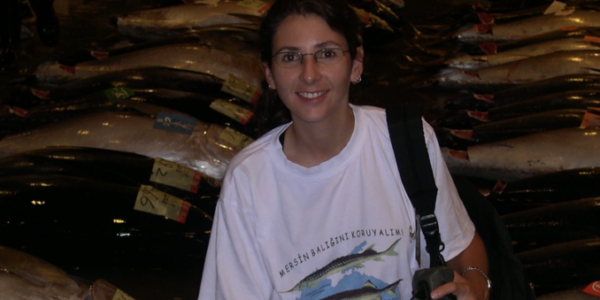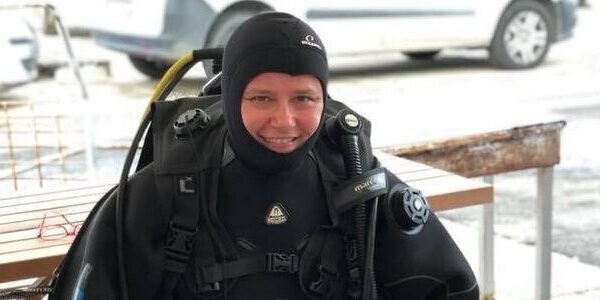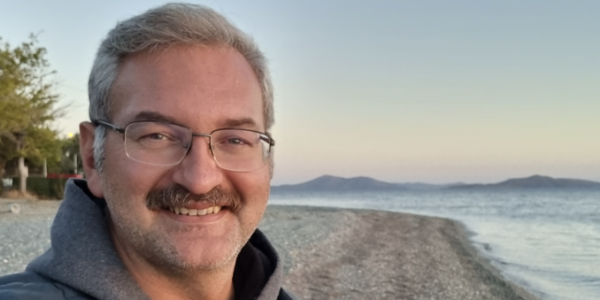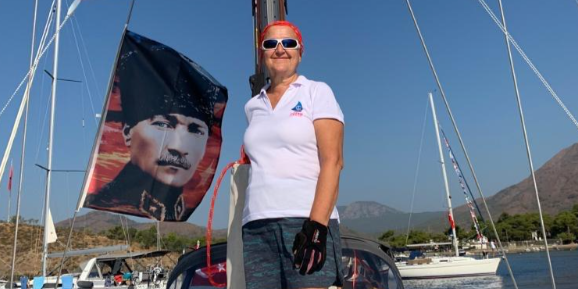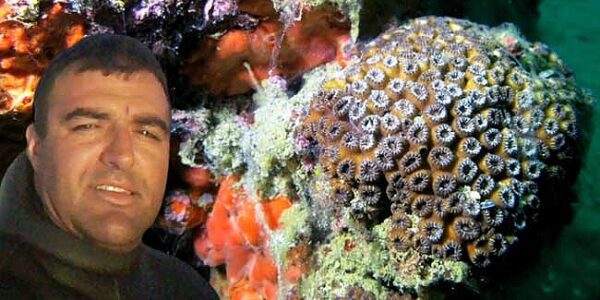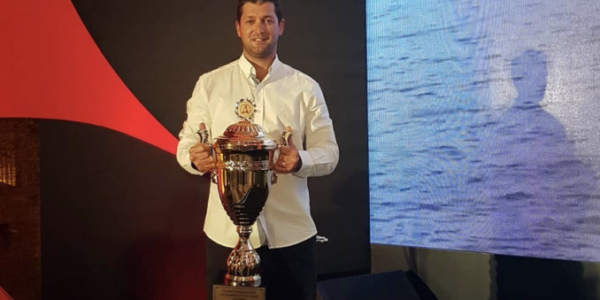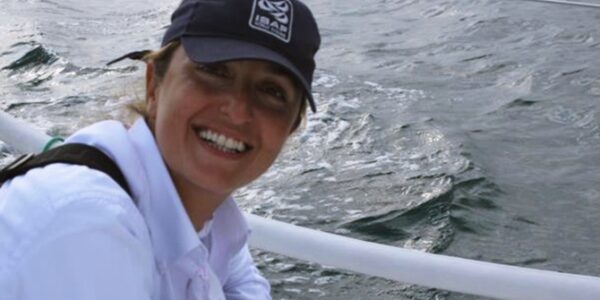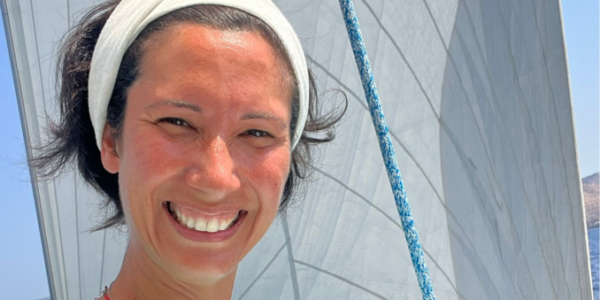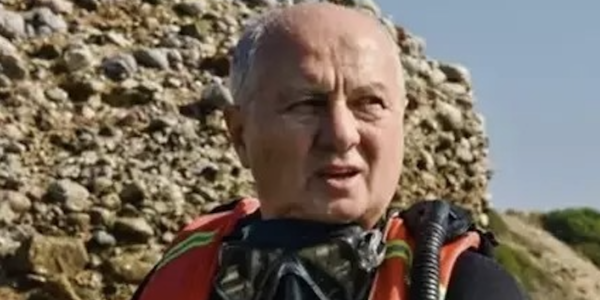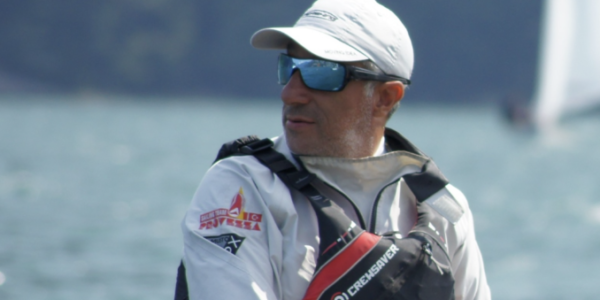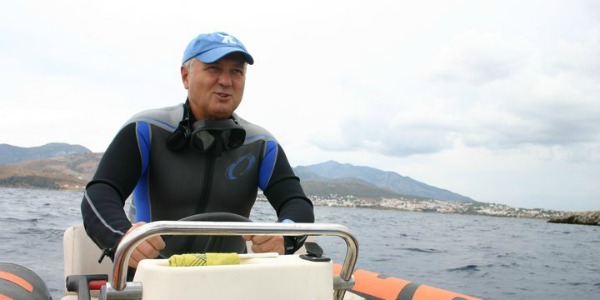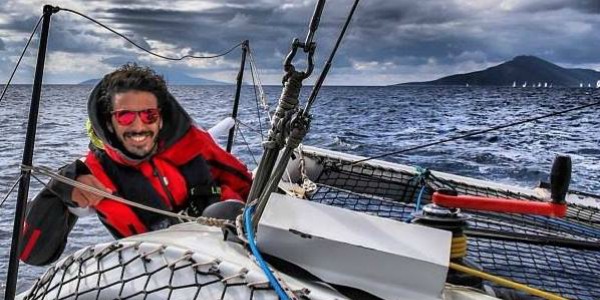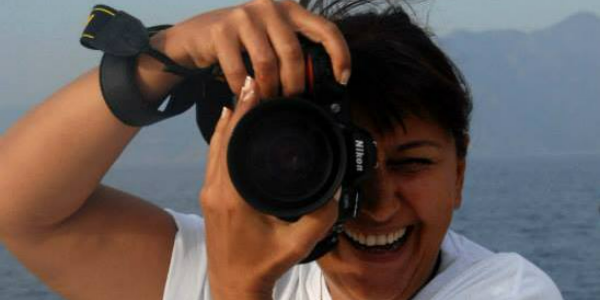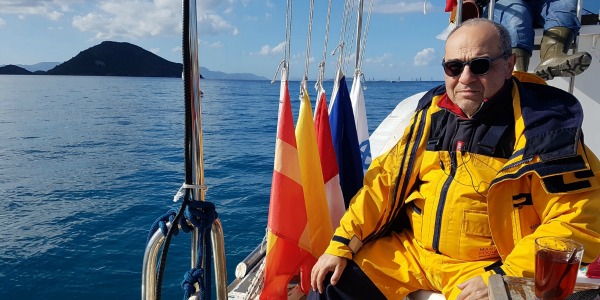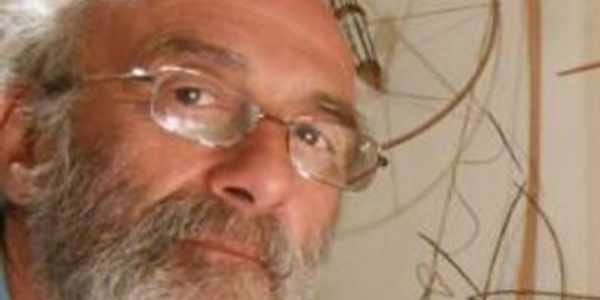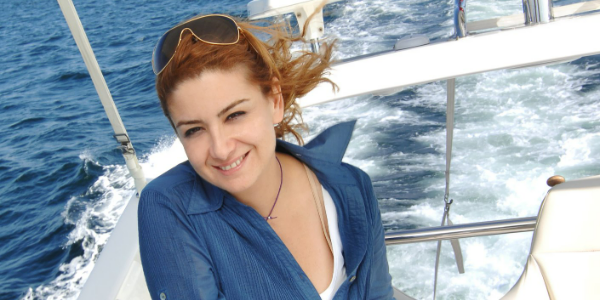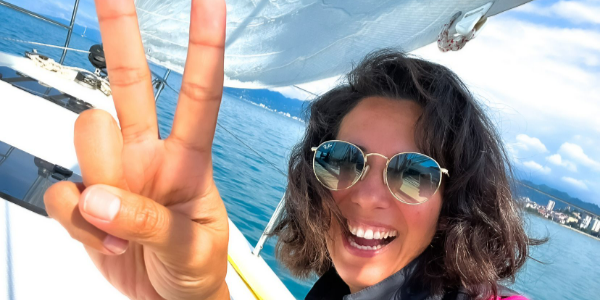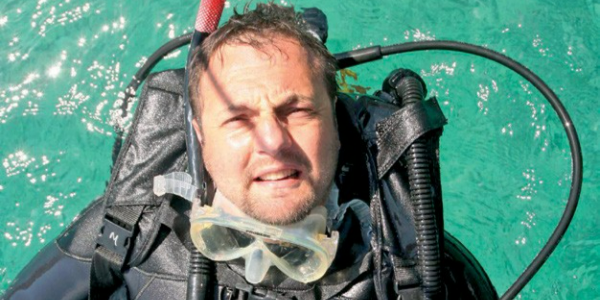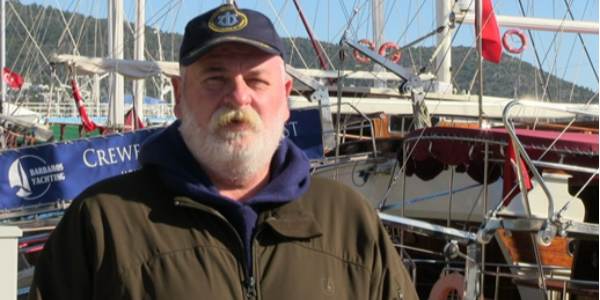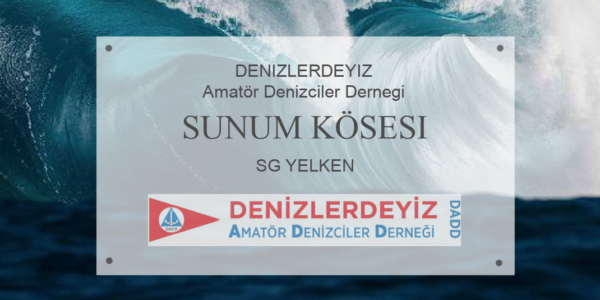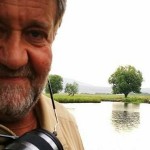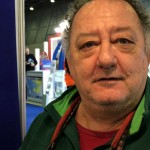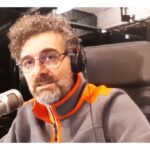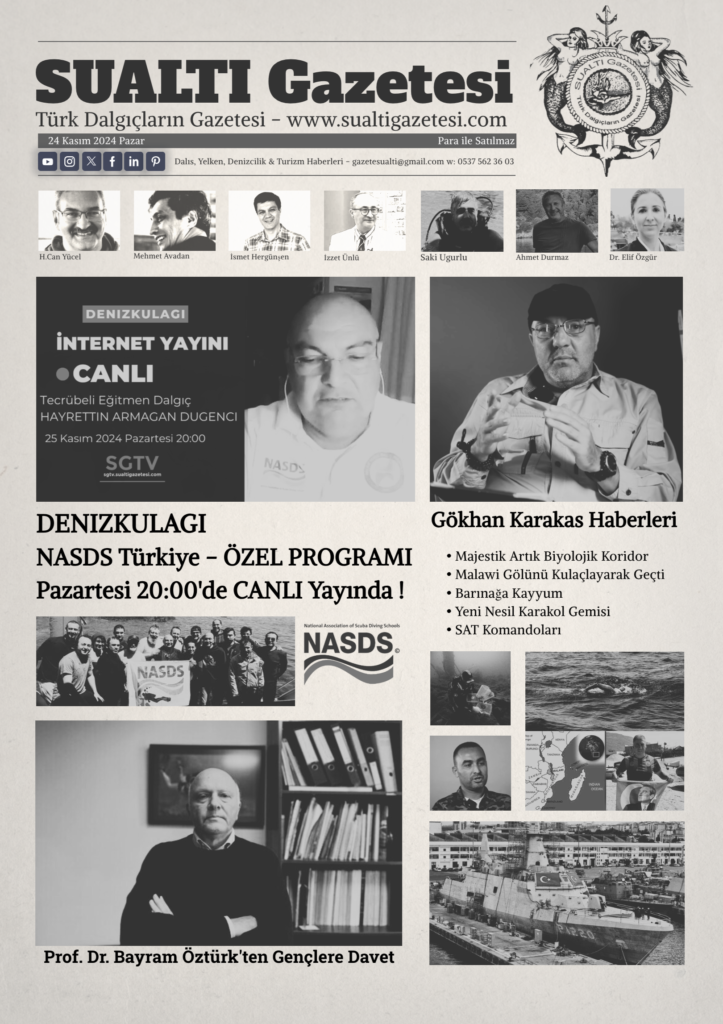
England’s largest seagrass restoration effort in the Plymouth Sound Special Area of Conservation (SAC) and the Solent Maritime SAC has been brought to an end after five years, with eight hectares of seagrass successfully restored.
The LIFE Recreation ReMEDIES (Reducing and Mitigating Erosion and Disturbance Impacts affEcting the Seabed) project was a £2.5 million EU LIFE-funded marine conservation initiative to protect the seabed habitats of seagrass and maerl – a hard, pink, coralline algae – at five Special Areas of Conservation in Southern England.
Led by Natural England in partnership with Ocean Conservation Trust, Marine Conservation Society, the Royal Yachting Association and Plymouth City Council/Tamar Estuaries Consultative Forum, the project used education, outreach and innovative restoration methods to return the selected areas to their natural, seagrass-covered state.
Part of the success was due to the reduction of ‘recreational pressure’ on the environment by removing traditional chain and anchor-based moorings for recreational boats and replacing them with eco-friendly mooring buoys, preventing the damage caused by the chains and anchors dragging across the sea floor.
Over the lifetime of the project, the Ocean Conservation Trust (OCT) trialled two different methods to restore the critically important species Zostera marina (common eelgrass) across eight hectares of seagrass – an area equivalent to around 11 football pitches in size.

The first method, ‘seed broadcasting’ involved deploying hessian bags containing seagrass seeds using an innovative device to inject the bags into the seabed, affectionately known as HMS OCToPUS – or the Hydro Marine Seeding Ocean Conservation Trust ‘o’ Pressurised Underwater Seeder, to give it its full name.
Hydro marine seeding restored approximately 3.5 hectares of seagrass, while a second method, ‘seedling translocation’ resorted a further 1.18 hectares.
Seedling translocation involved growing adult plants using ‘Seagrass Mat Technology’ in a cultivation laboratory at the National Marine Aquarium in Plymouth, which were then replanted into the restoration site.
The Ocean Conservation Trust’s team says that the combination of Hydro Marine Seeding with Seagrass Mat Technology has shown early successful results and may be the best method of subtidal seagrass restoration, and will continue to monitor the site.
‘Seagrass restoration is not without its challenges but despite this, the ReMEDIES project has pushed boundaries in developing large-scale subtidal seagrass restoration,’ said Mark Parry, Head of Ocean Habitat Restoration, at the Ocean Conservation Trust.
‘It’s been great trialling innovative restoration techniques and seeing the success of our efforts in both Jennycliff Bay and the Solent Maritime.
‘We are excited to continue our learning and development of large-scale restoration efforts in our Blue Meadows project.’

Seed storage innovation and seagrass germination success
Seagrass seeds can only be hand-picked by divers once a year when the seagrass plants flower, hence the OCT team had to develop a solution for year-round storage.
In order to prolong the viability of the seeds collected, the OCT stored the seeds in a state of dormancy, where premature germination and pathogen infections can be avoided, in a purpose-built high saline, chilled and recirculatory system.
After taking the seeds out of dormancy, the team has to care for them through to seedlings and adult plants as they grow within the Seagrass Mat Technology.
Volunteers were recruited to help care for the seedlings as they mature into adult plants within the Seagrass Mat Techology, and succeeded in improving the survival rate from 5 per cent to 33 per cent in just two years.
‘The ReMEDIES project has been hugely challenging in complexity, scale and ambition, combining recreational pressure reduction in fragile seagrass habitats with restoration as an additional tool to help it recover,’ said Fiona Tibbitt, ReMEDIES Project Manager.
‘Outreach and education have helped build the communities to continue this innovative work and we are immensely proud of what’s been achieved. We look forward to seizing this momentum as part of ReMEDIES legacy.’
The seagrass cultivation facility at the National Marine Aquarium will continue to showcase the work of the LIFE Recreation ReMEDIES project, providing an important facility for learning as OCT continues its ‘Blue Meadows‘ large-scale seagrass restoration project, which aims to ensure 30 per cent of the UK’s seagrass meadows are protected by 2030.
The post Success for England’s largest seagrass restoration project appeared first on DIVE Magazine.
